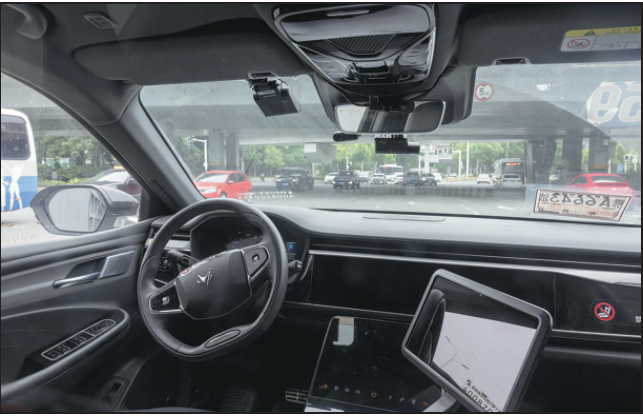
A self-driving taxi, operated by Chinese tech heavyweight Baidu Inc, operates in Wuhan, Hubei province, on Thursday. (Photo provided to China Daily)
A self-driving taxi operated by Chinese tech heavyweight Baidu Inc recently hit a pedestrian crossing against a traffic light in Wuhan, capital of Hubei province, sparking heated discussions on the challenges and limitations facing autonomous driving technology, especially in complex scenarios.
Meanwhile, the commercial application of robotaxis in more cities across the country has raised concerns about employment, as taxi drivers are worried about losing their jobs amid intensifying competition from driverless ride-hailing vehicles, industry experts said.
Their comments came after an online video posted on social medial platforms showed an individual sitting on the street nearby an autonomous driving vehicle. Baidu said that the car started moving when the light turned green and had a minor collision with the pedestrian. The person was taken to a hospital, where an examination found no apparent external injuries.
The Beijing-based company has invested heavily in developing self-driving technology, with robotaxis currently operating in designated areas of Beijing, Chongqing, Wuhan and Shenzhen, Guangdong province.
Wuhan is stepping up efforts to promote the development of intelligent connected vehicles and commercialization of driverless driving technology, boasting the largest operational region for Baidu's autonomous ride-hailing platform Apollo Go.
Baidu has more than 500 robotaxis running in Wuhan and expects to increase that number to 1,000 by the end of this year. It also plans to expand the size of its fleet and the operation area nationwide, and build the world's largest fully driverless ride-hailing zone.
Zhang Xiang, an auto sector researcher at North China University of Technology, said that the incident in Wuhan indicates that self-driving technology has advanced significantly over the past few years, but it still encounters difficulties under complicated and ever-changing road conditions and has some limitations when dealing with unconventional behavior, such as motorists or pedestrians violating traffic rules.
Zhang added that ensuring the safety and stability of robotaxis remains a top priority, and more efforts are required to enhance self-driving testing and application scenarios, continuously optimize algorithms, reduce the manufacturing costs of driverless vehicle components, such as lidar sensor systems, and strengthen the construction of intelligent transportation infrastructure.
"It is expected to take at least 10 years for the large-scale commercialization of fully driverless robotaxis to materialize, while first- and second-tier cities will take the lead in carrying out pilot operation of autonomous driving ride-hailing services," Zhang added.
The Beijing municipal government recently announced plans to support the use of autonomous vehicles for urban public electric bus transportation, ride-hailing services and car rentals. So far, more than 20 cities nationwide have introduced policies supporting autonomous driving tests, with more than 60 enterprises having obtained self-driving test licenses.
However, there are still some obstacles to integrating the self-driving vehicles into the existing road traffic safety management system, as the legal obligations of relevant subjects involving autonomous vehicles have not been clarified under current laws and regulations, said Huang Jinjing, head of the regulation office at the Road Traffic Safety Research Center of the Ministry of Public Security.
Furthermore, the rising prominence of robotaxis in China has drawn complaints from taxi drivers as they fear that their jobs might be replaced by driverless ride-hailing cars, given that the fees for robotaxis are typically cheaper than those of traditional taxis.
Pan Helin, a member of the Ministry of Industry and Information Technology's Expert Committee for Information and Communication Economy, said, "Currently, driverless cars will not pose a challenge to the traditional taxis sector because people are only inclined to experience this emerging technology, and the number of robotaxis on the road is still far smaller than those of taxis."
He noted the pressure on taxi drivers mainly comes from intense competition between private ride-hailing cars and traditional taxis, adding that the autonomous driving vehicles will not have a serious impact on the job market and replace human drivers in the short term.
The development of the self-driving industry will bolster the intelligent transformation of the auto industry, rev up the sales of vehicle-mounted devices, and accelerate the construction of vehicle-road coordination systems, which support the transfer of information from vehicles to roadway networks as a way to improve traffic efficiency, he added.
According to research company BloombergNEF's "Electric Vehicle Outlook" report, China will operate the world's largest robotaxi fleet of about 12 million self-driving vehicles by 2040, followed by the United States with around 7 million such vehicles.










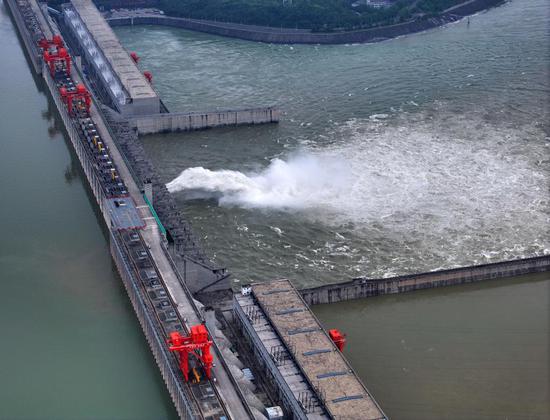

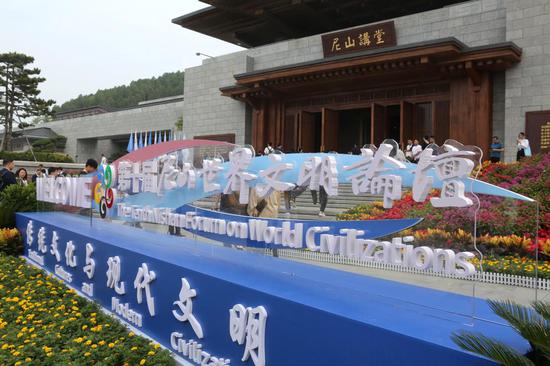





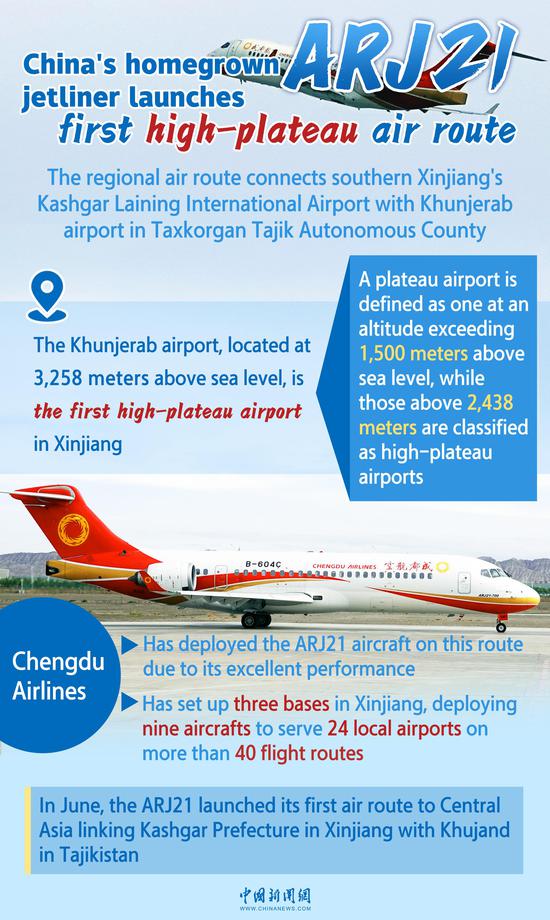



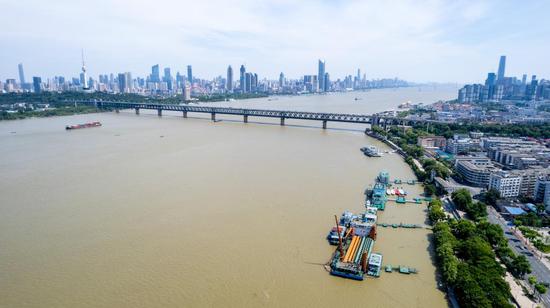
















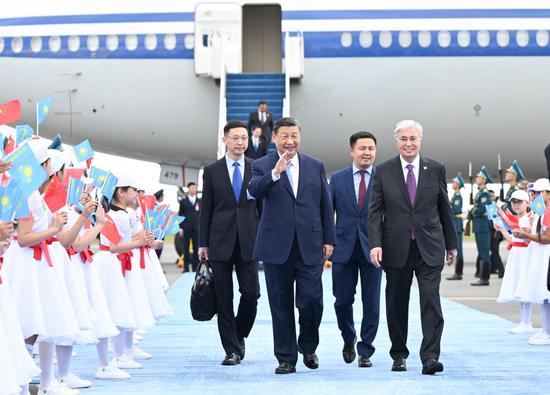



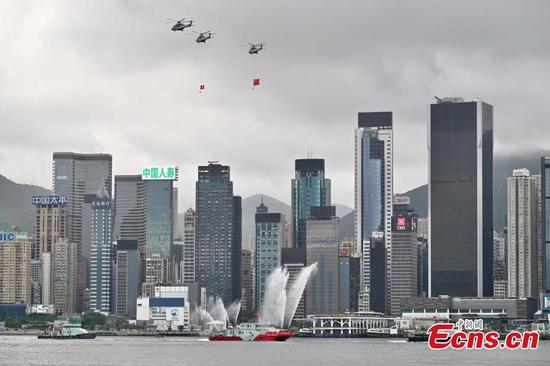


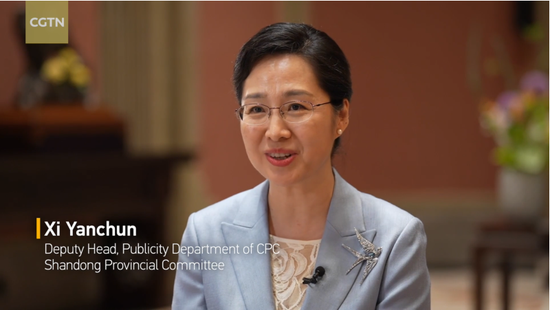



 京公网安备 11010202009201号
京公网安备 11010202009201号